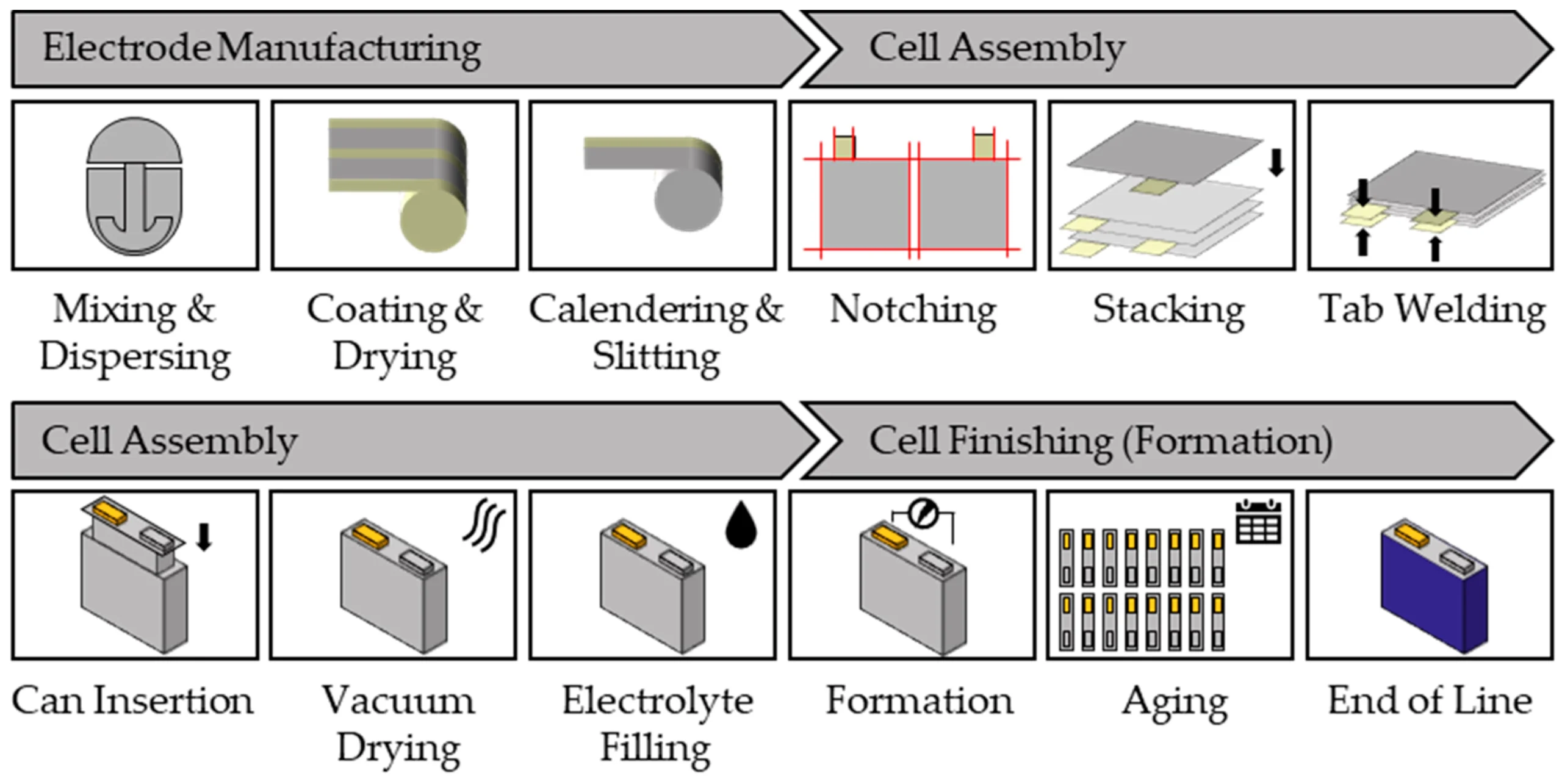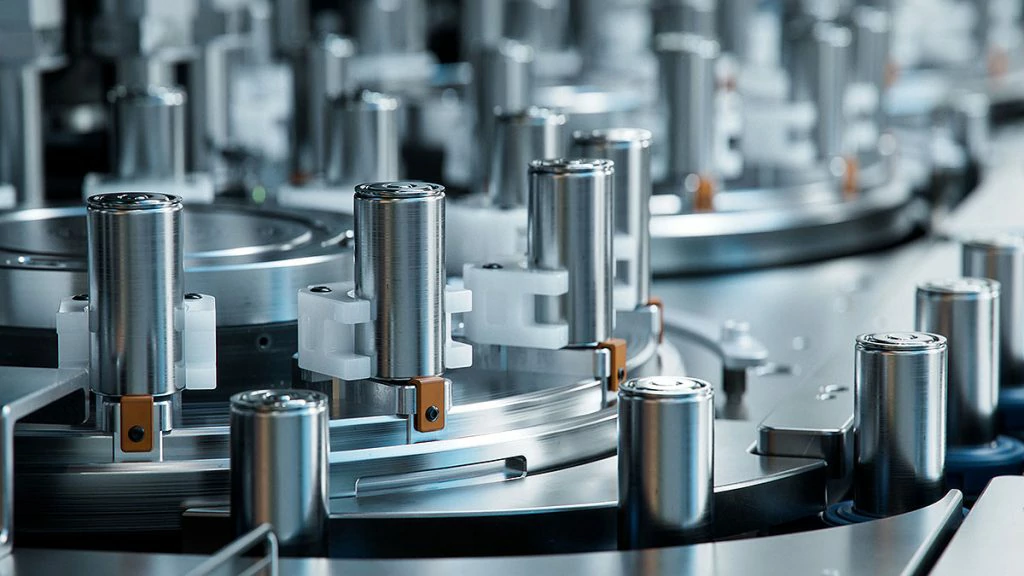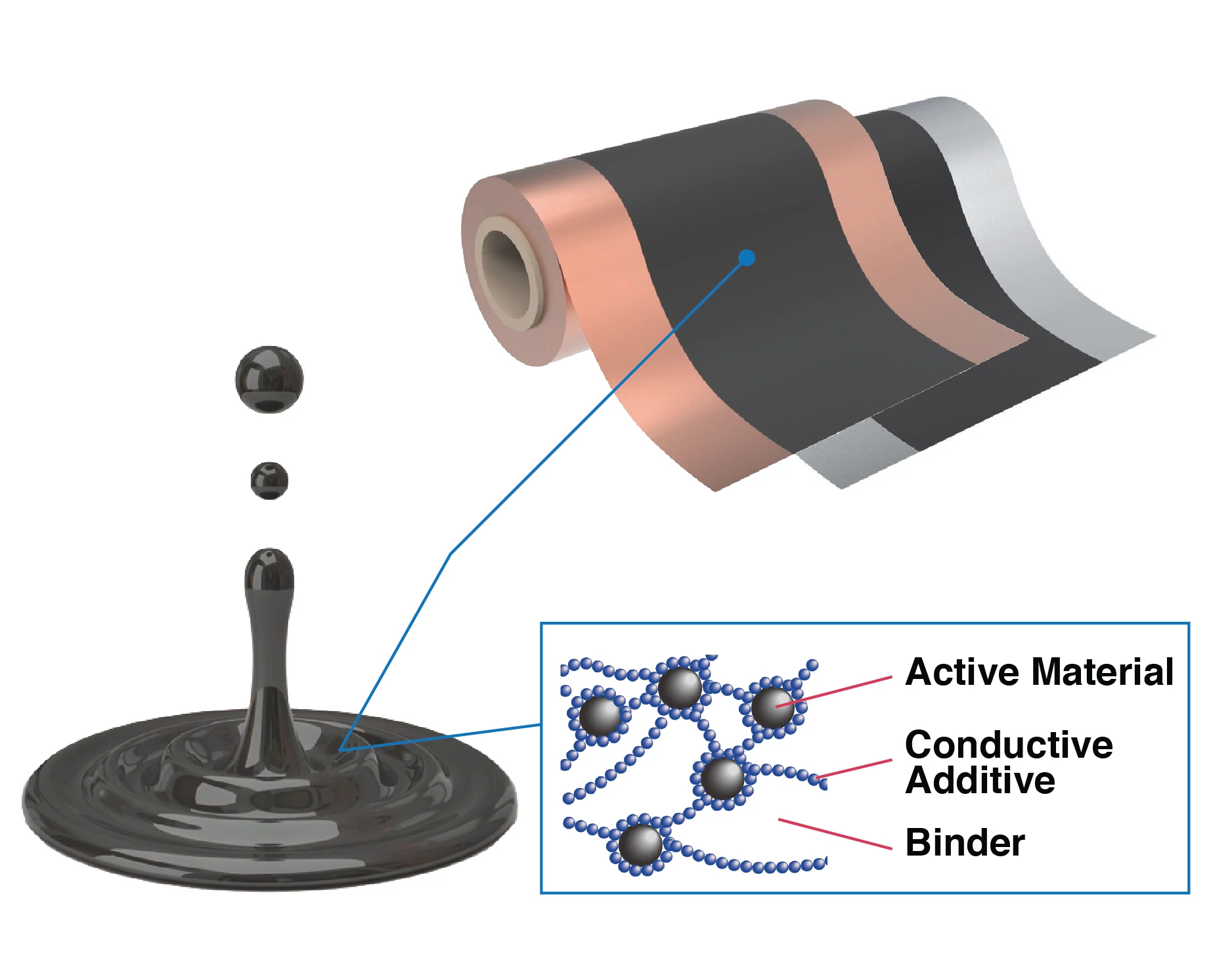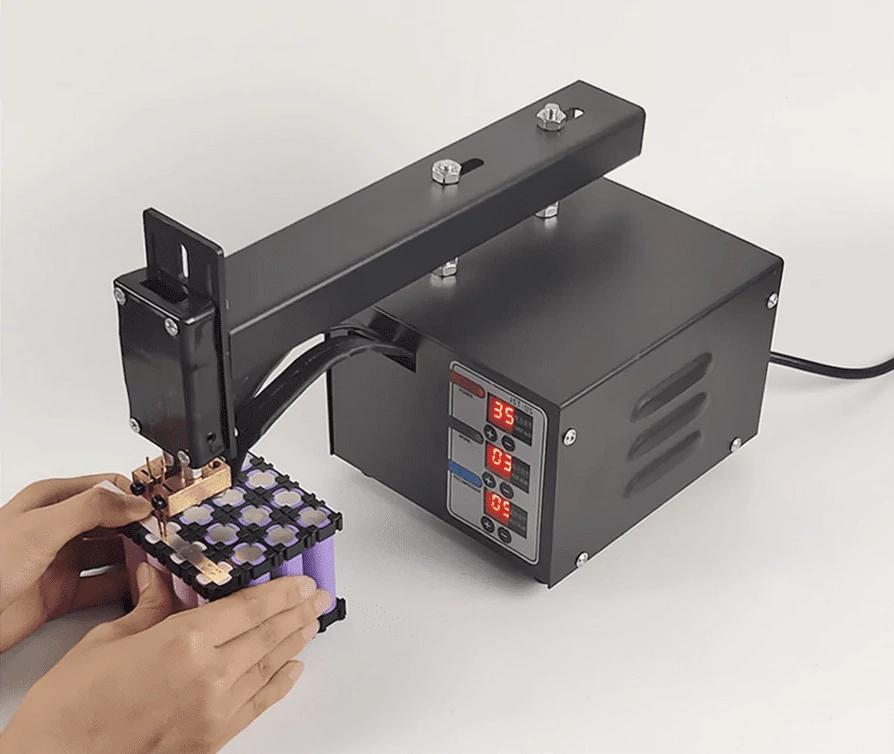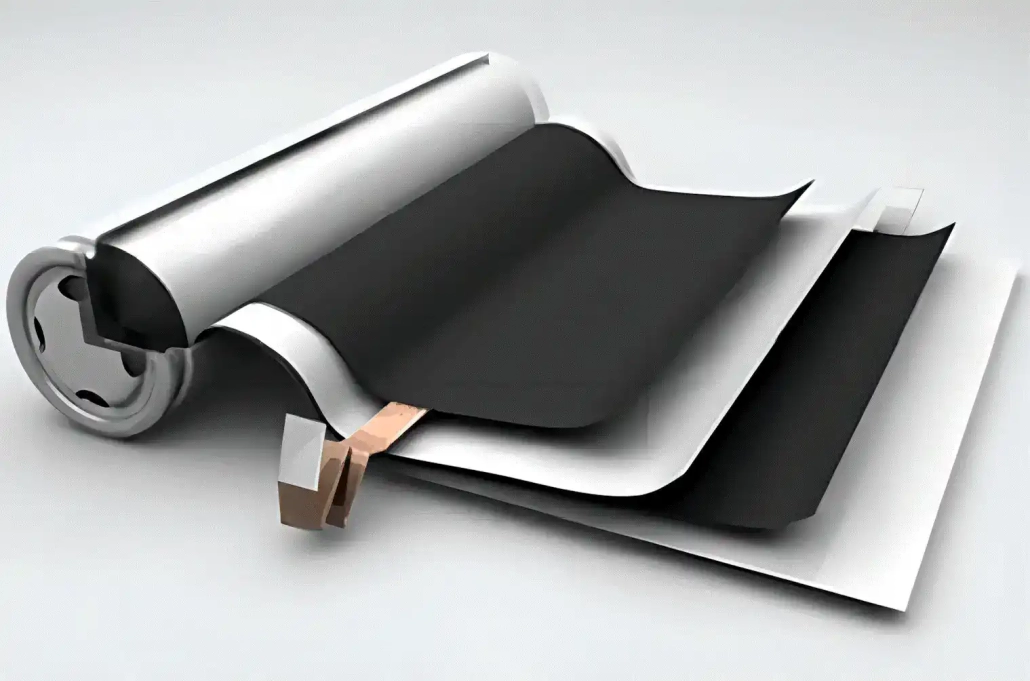Quality Control and Inspection Techniques for Battery Winding Processes
main content
The quality control and inspection techniques for battery winding processes are critical to ensuring reliability in high-stress applications like motorcycle start-stop systems. Even minor deviations in electrode alignment or tension can lead to premature failure under extreme vibrations or rapid discharge cycles. This article explores two core strategies—real-time monitoring systems and post-winding validation tests—that guarantee precision and durability in advanced battery manufacturing.
Ensuring Precision: Real-Time Monitoring Systems
1. X-Ray Full-Layer Inspection
To eliminate alignment errors in wound battery cores, automated X-ray scanners inspect every electrode layer with ±0.1mm accuracy. Key benefits include:
Defect detection: Identifies misaligned tabs, wrinkled edges, or gaps between layers, automatically rejecting flawed cores to reduce scrap rates by 30%.
Process optimization: Generates 3D mapping data to adjust winding tension and speed, minimizing edge wave distortions ("snaking").
Traceability: Assigns unique QR codes to each scanned core for quality tracking across production batches.
2. Closed-Loop Tension Control
Unstable tension during winding causes electrode deformation, reducing energy density. Advanced systems use:
High-precision sensors: Tension sensors (±3% accuracy) adjust unwinding speed in real time, maintaining 5–15N/cm² pressure to prevent slack or overstretching.
AI-driven calibration: Machine learning algorithms predict material elasticity changes (e.g., due to temperature shifts), fine-tuning parameters every 0.2 seconds.
Edge guidance lasers: Project alignment beams onto electrodes, correcting lateral deviations before winding begins.
Post-Production Validation: Stress Testing for Durability
1. Pre-Press Compression Testing
After winding, cores undergo hydraulic press tests at 10–20MPa to simulate cell assembly pressures. Metrics include:
Rebound rate: ≤0.8% rebound ensures electrodes maintain contact under vibration, avoiding internal resistance spikes.
Thickness uniformity: Post-compression thickness must stay within ±3μm across the core to prevent localized heating.
Adhesion checks: Hybrid binders are validated to withstand 200+ compression cycles without delamination.
2. Cycle-Induced Expansion Analysis
Post-cycling disassembly tests assess electrode swelling, a key failure trigger in motorcycles. Standards require:
Swelling limits: ≤15% thickness increase after 1,000 charge-discharge cycles (0.5C rate, 25°C).
SEM imaging: Scanning electron microscopes analyze microcrack formation in anode coatings exposed to 200–300A pulses.
Electrolyte retention: Measures separator wettability post-cycling to ensure ion conductivity remains ≥95% of initial levels.
Performance Outcomes
Zero critical defects: X-ray systems achieve 99.98% defect-free output in mass production.
15% longer lifespan: Tension-controlled winding reduces electrode fatigue, extending cycle life beyond 1,200 cycles.
Consistent energy output: Pre-press validation ensures <2% capacity variance between cells.
Applications in Motorcycle Battery Manufacturing
These techniques are vital for:
High-vibration environments: Maintains layer alignment under 1020g shocks, common in off-road motorcycles.
Fast-charging compatibility: Limits expansion to prevent separator shrinkage during 3C+ charging.
Modular battery packs: Ensures uniform core dimensions for seamless integration into multi-cell systems.
Conclusion
Quality control and inspection techniques for battery winding processes bridge the gap between design and real-world performance. By combining real-time X-ray scanning, AI-driven tension control, and rigorous post-winding validation, manufacturers deliver motorcycle batteries capable of surviving harsh conditions—without compromising power or longevity.

START-STOP LITHIUM battery
Enov start-stop battery is designed to provide excellent performance for high-demand start-stop vaehicles. It adopts the third-generation intelligent lithium platform architecture to achieve technological breakthroughs in core indicators such as cycle life, environmental adaptability and energy density. Compared with the traditional lead-acid battery system, the energy efficiency is increased by 210%, the cycle life is extended by 8-10 times, and the monthly self-discharge rate is controlled within 3%. Enov's unique low-temperature battery technology makes a breakthrough in achieving stable output in the whole climate domain from -30℃ to 65℃, maintaining more than 90% of the effective capacity release under extremely cold conditions (-30℃), and maintaining 90% of the capacity in high temperature environments (65℃).
The start-stop battery series products cover the mainstream voltage platform of 12V/24V/48V, and support flexible configuration of LFP (lithium iron phosphate) and NCM (lithium nickel cobalt manganese oxide) dual-material system. All models adopt modular design to support customization of different model specifications. Enuo engineering and technical team to provide full cycle technical service support, if you need, please contact us.
Other products
UAV BATTERY
LITHIUM ENERGY STORAGE BATTERY
QUICK INQUIRY
FAQ
Access to high frequency technical questions with one click, get accurate answers on product application, after-sales policy and customization process.
Service and Support
Get the latest product specifications, explore professional OEM/ODM customization services, click to open exclusive technical support and production solutions.
Become a Partner
We sincerely invite resources to interconnect, work together for win-win development, and immediately open a new chapter of strategic cooperation!
